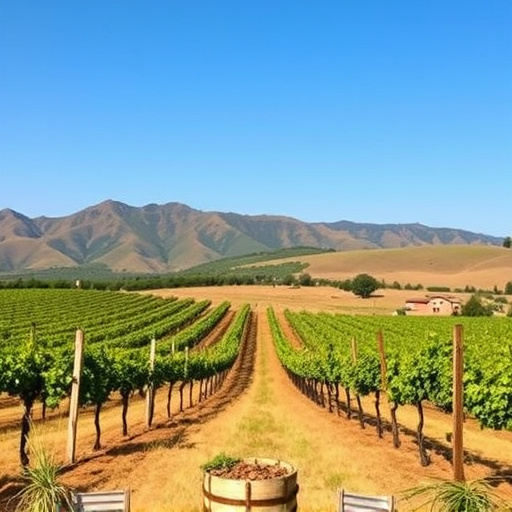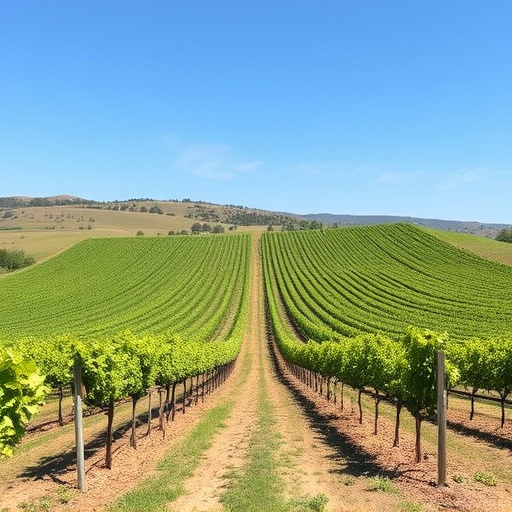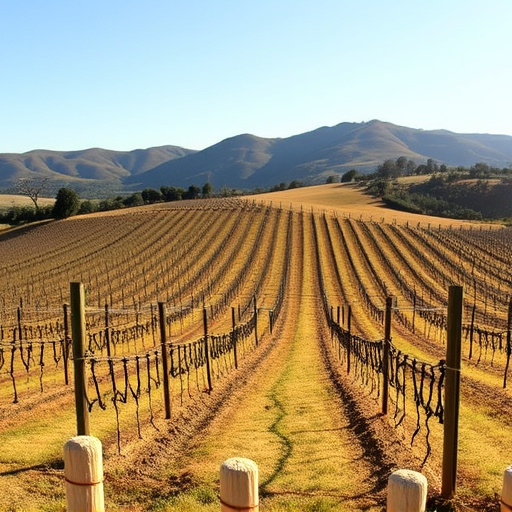Sonoita, Arizona, is renowned for its high-elevation vineyard scene, nestled in southeastern Arizona's rolling hills. The region's unique microclimates, volcanic soils, and elevations between 4,000–5,500 feet produce exceptional wines with distinct characters. Sonoita vineyards, often exceeding 4,000 feet, utilize cooler temperatures to extend the growing season, concentrating sugars and aromatic compounds. Each vineyard, with its diverse microclimate, offers unique flavors ranging from citrus and stone fruits to earthy notes, creating a vibrant symphony that celebrates the land's terroir. Wine enthusiasts explore these Sonoita vineyards to uncover the nuances of each estate's signature blends, immersing themselves in the region's rich wine culture.
“Uncover the enchanting world of Sonoita vineyards, nestled in the heart of Arizona’s picturesque high country. This region, renowned for its distinctive terroir, boasts a thriving wine industry. Our comprehensive guide takes you on a journey through the art of high-elevation wine production and the unique characteristics it imparts. From neighboring estates to tasting notes, we explore how geographical variations shape the flavors and quality of Sonoita’s vibrant wine offerings.”
- Understanding Sonoita Vineyards: A Geographical Overview
- The Art of High Elevation Wine Production
- Exploring Neighboring Estates: A Comparative Study
- Tasting Notes: Unveiling Unique Flavor Profiles
- The Impact of Location on Wine Quality and Popularity
Understanding Sonoita Vineyards: A Geographical Overview
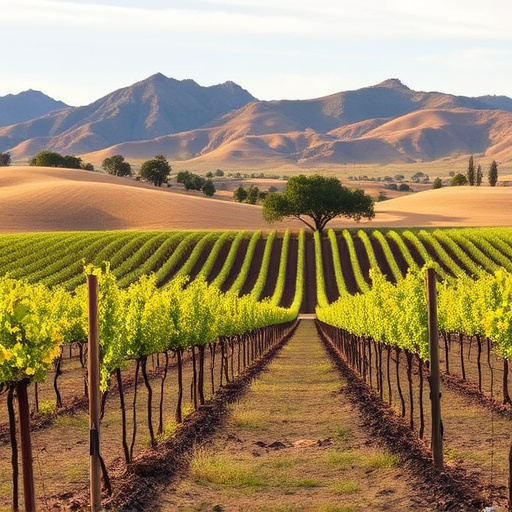
Sonoita, located in southeastern Arizona, is a charming and picturesque region renowned for its thriving vineyard industry. This small town nestled among rolling hills has become a hotspot for wine enthusiasts seeking unique high-elevation wines. The vineyards here thrive due to their elevated terrain, offering distinct microclimates that foster the growth of diverse grape varieties.
The geographical diversity of Sonoita vineyards is a key factor in the region’s exceptional wine quality. With elevations ranging from 4,000 to 5,500 feet above sea level, the cool nights and warm days create an ideal environment for grape ripening. This unique climate allows grapes to develop complex flavors and higher acidity, contributing to the distinctive character of Sonoita wines. The region’s volcanic soils also play a role in shaping the wine’s profile, providing minerals and nutrients that enhance the overall sensory experience.
The Art of High Elevation Wine Production
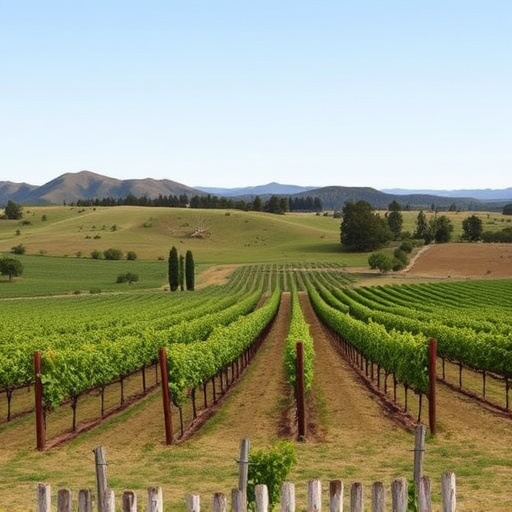
The art of crafting high-elevation wines is a delicate balance, and Sonoita vineyards stand as testament to this. Located at elevations often exceeding 4,000 feet, these neighboring estates face unique challenges and opportunities that shape their distinctive character. The cooler temperatures at such heights slow down the grape ripening process, allowing for a longer growing season and resulting in wines with complex flavors and higher acidity.
Sonoita’s high-altitude terroir, characterized by sunny days and crisp nights, contributes to the development of concentrated sugars and aromatic compounds within the grapes. This environment fosters the growth of specific microbial activity, adding complexity to the wine’s aroma and flavor profiles. Each estate within this vibrant region employs distinct techniques, from vine management practices to winemaking methods, all striving to capture the unique essence of their high-elevation vines.
Exploring Neighboring Estates: A Comparative Study
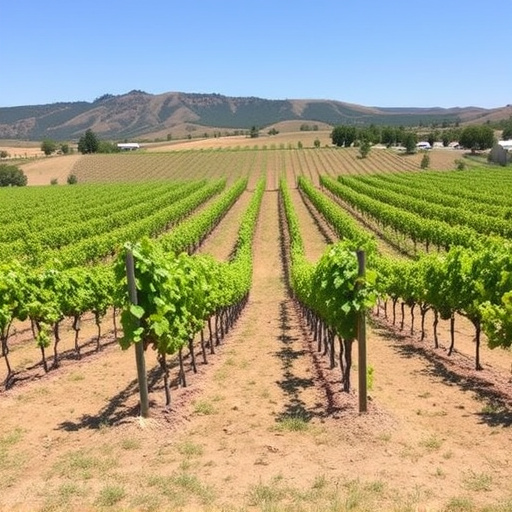
Exploring neighboring estates offers a unique opportunity to uncover the nuances and complexities that define Sonoita’s diverse wine landscape. Each vineyard, nestled in its own microclimate, boasts distinct characteristics shaped by factors like soil composition, slope, and sun exposure. By comparing wines from different sonoita vineyards, enthusiasts can gain insights into these variations and discover personal favorites.
This comparative study invites wine lovers to embark on a sensory journey through the heart of Sonoita’s viticultural region. It encourages appreciation for the art of winemaking, highlights regional diversity, and fosters a deeper connection to these remarkable vineyards. From terroir-driven expressions to unique blends, each estate contributes its own chapter to the rich tapestry of Sonoita’s wine culture.
Tasting Notes: Unveiling Unique Flavor Profiles
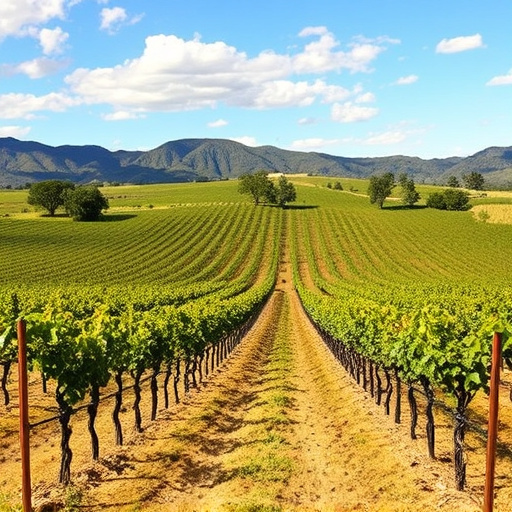
When exploring Sonoita vineyards at high elevations, sommeliers and wine enthusiasts are treated to a unique sensory experience. These wineries, nestled in the sun-kissed hills, cultivate grapes that thrive in the region’s distinct microclimates. As a result, each estate offers a distinct flavor profile, revealing a rich tapestry of tastes.
Tasting these high elevation wines is akin to navigating a labyrinthine symphony of aromas and flavors. Notes of citrus and stone fruits dance on the palate, often accompanied by subtle earthy or herbal undertones. The acidity is crisp, providing a vibrant contrast to the fuller body of the wines. These unique flavor profiles are a testament to the terroir—the indelible character of the land—that gives each Sonoita vineyard its distinctive character.
The Impact of Location on Wine Quality and Popularity

The location of a vineyard plays a pivotal role in shaping the character and quality of the wine it produces, and this is especially true for the Sonoita vineyards. Nestled among the picturesque mountains, these neighboring estates enjoy distinct microclimates and soil types that contribute to the unique flavor profiles of their wines. The elevation, for instance, can significantly impact temperature and sun exposure, affecting the pace at which grapes ripen. High-elevation wines often exhibit brighter acidity and more intense flavors, while lower-lying vineyards may produce fuller-bodied wines with richer textures.
This geographical diversity not only results in a wide range of wine styles but also fosters a sense of regional identity. Wine enthusiasts often seek out specific Sonoita estates for their signature blends and the distinctive notes that reflect the area’s terroir. The popularity of these wines is, therefore, tied to their ability to capture the essence of their location, offering a taste experience that transcends mere quality—it becomes a journey through the heart of Sonoita vineyards.
In comparing high elevation wines across neighboring Sonoita estates, it’s evident that geographical location significantly influences wine quality and popularity. The unique terroir of each vineyard, characterized by varying elevations, soil types, and climate conditions, translates into distinct flavor profiles. By delving into these comparisons, wine enthusiasts gain a deeper appreciation for the intricate relationship between place and taste within the captivating landscape of Sonoita vineyards.
